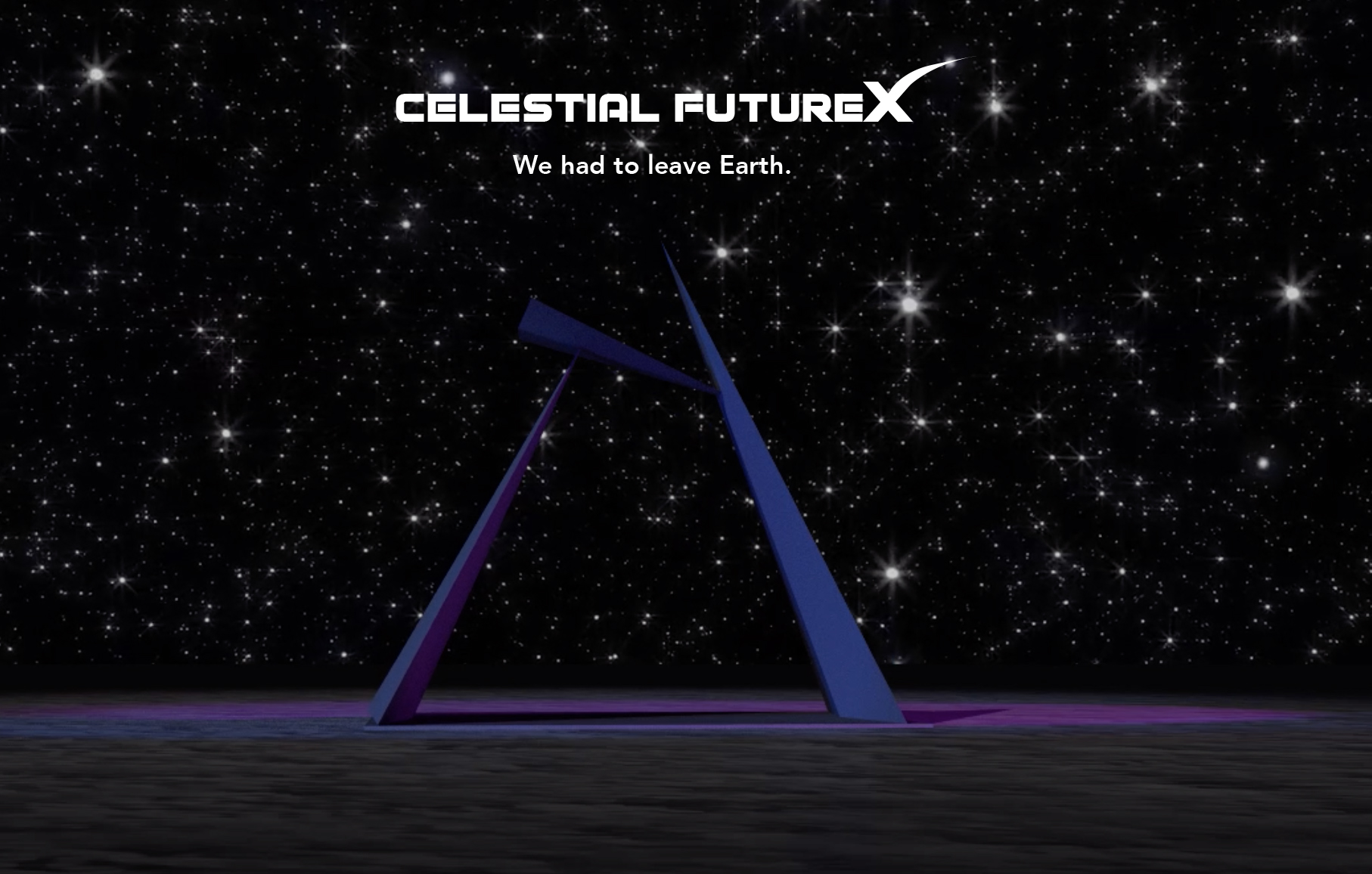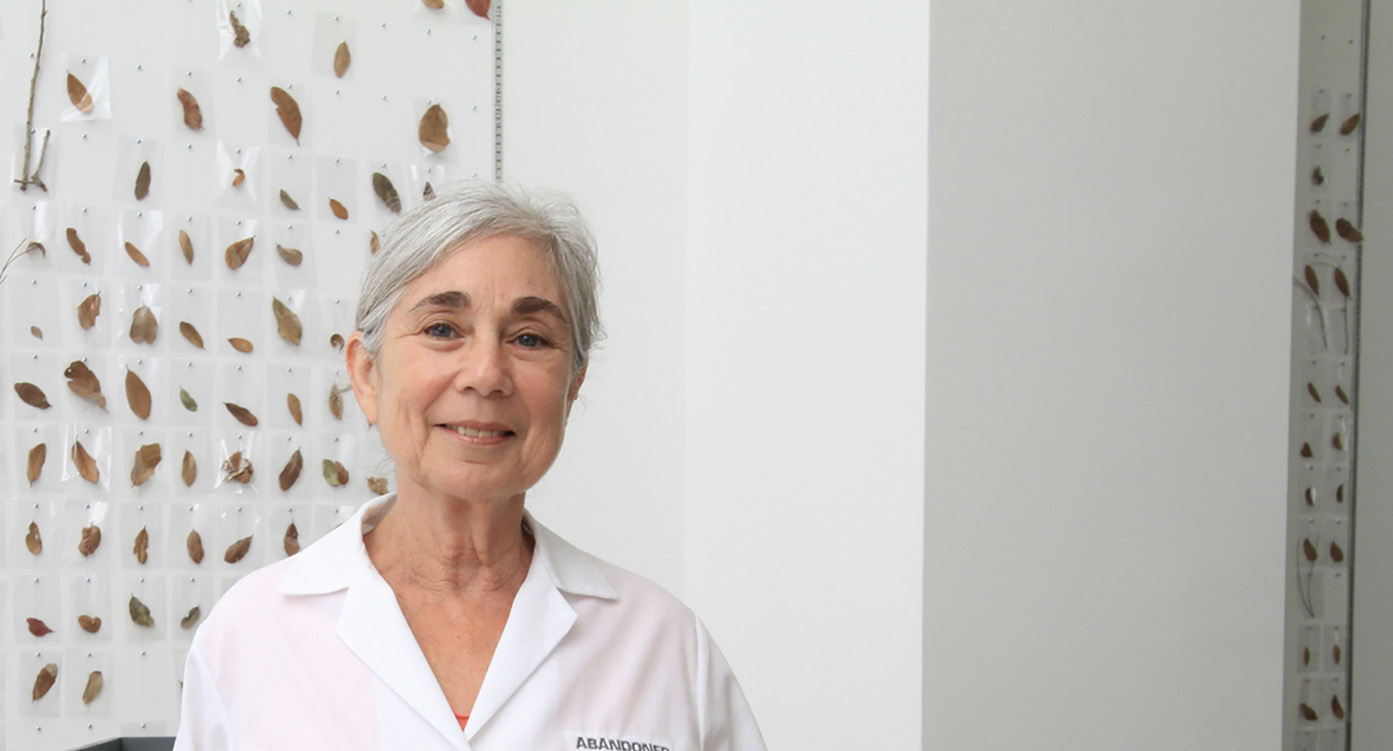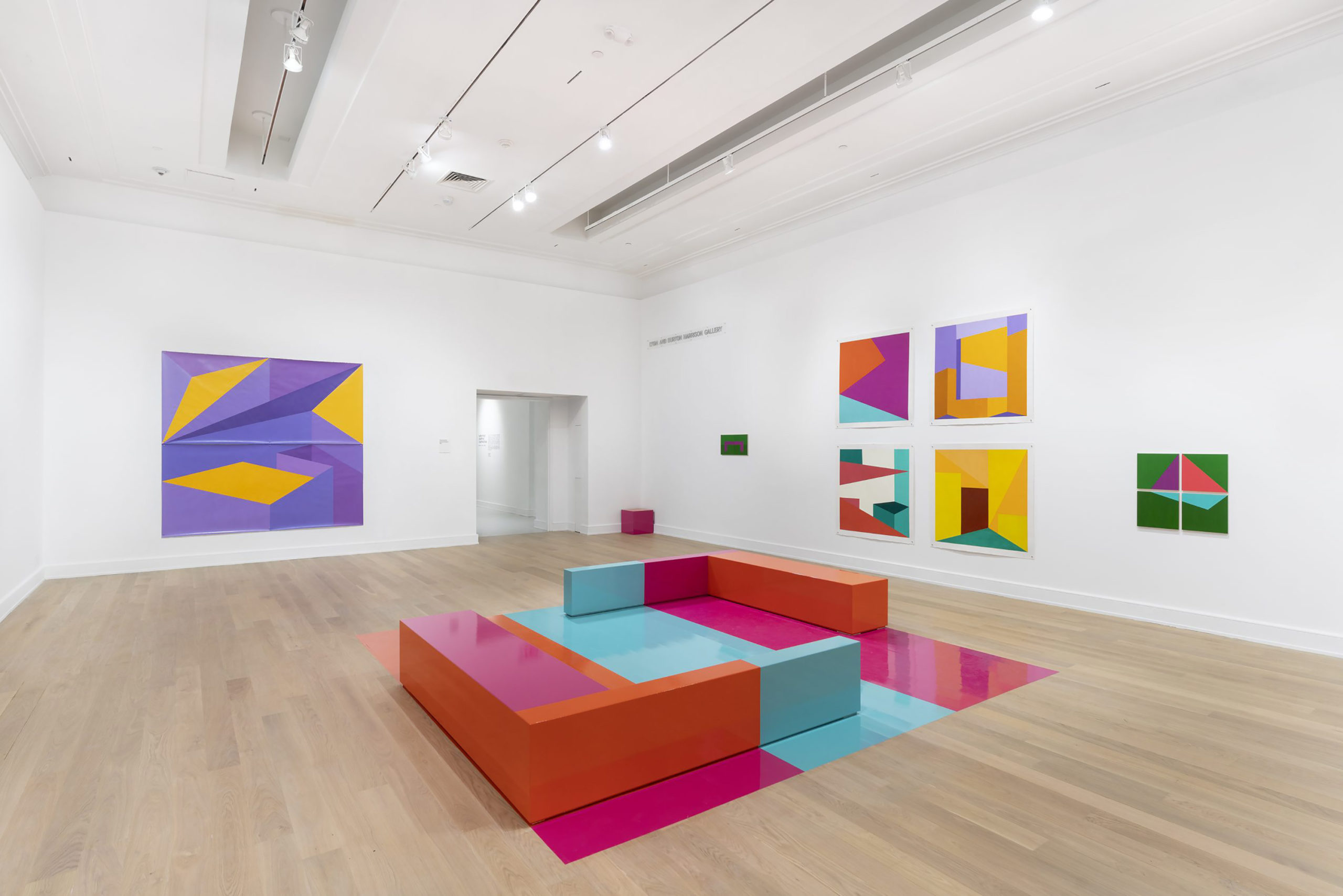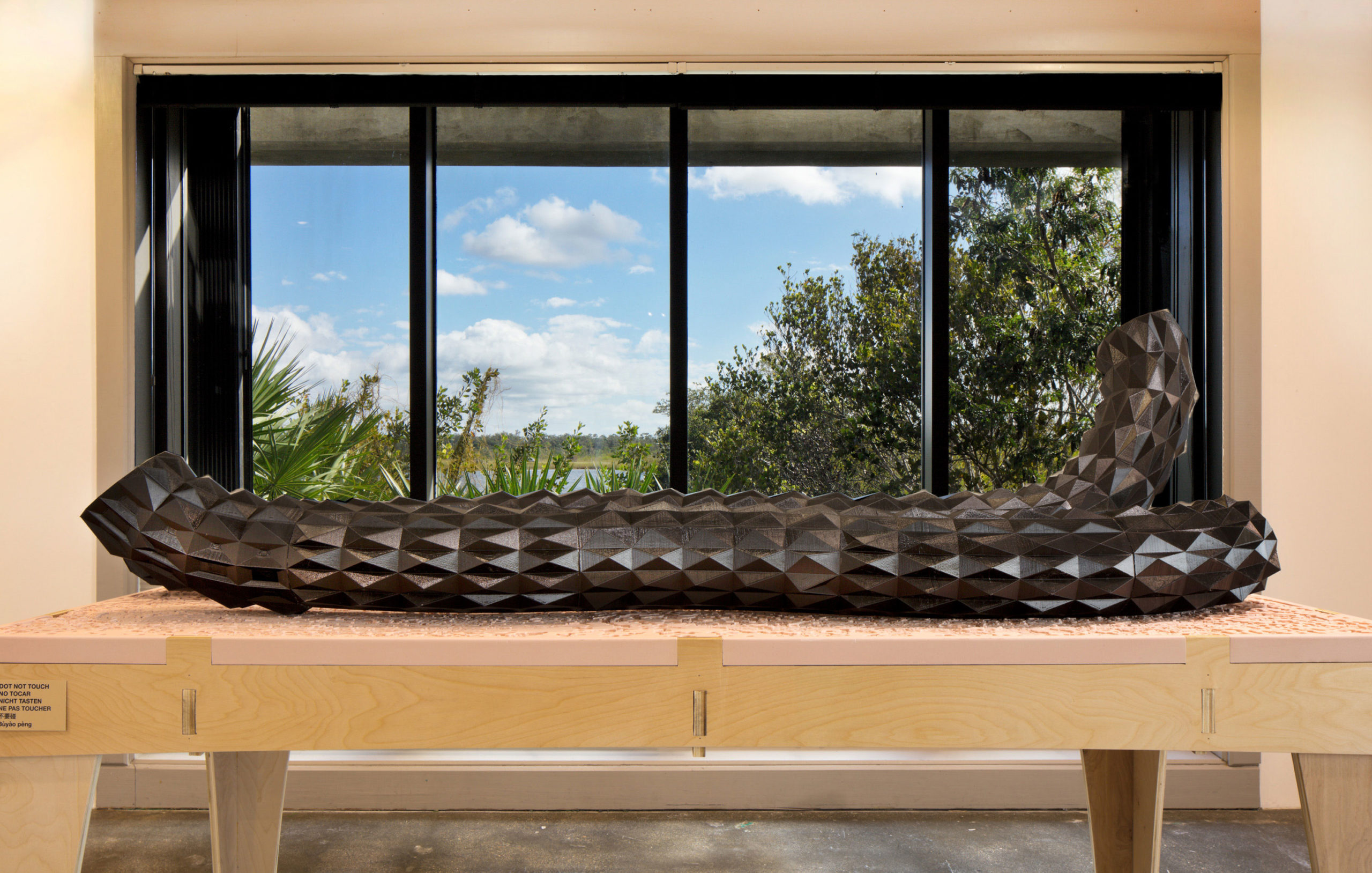Press
Brookhart Jonquil in Hyperallergic
June 8, 2018
Hyperallergic
Monica Uszerowicz
The Illusion of Infinity and Our Quest for Perfection
Mirrored pyramids reveal that the perfect — or the idea of the infinite — exists only in the imagination.
MIAMI — Endless Light In An Endless Night, the title of Brookhart Jonquil’s compact and twinkling solo show at Emerson Dorsch, is misleading. Almost none of the eight works, comprised mostly of steel and silver, shining mirrors, and glass dense enough to look unbreakable, feel completely boundless. Mirrored pyramids on the wall, many-planed and layered thick with angled glass so that their internal reflections repeat themselves, only reference ceaselessness. While the light hits the pyramids prettily — you’d almost expect to hear a sound effect, given the glint — they provide no clear reflection of the viewer. Their infinity is less endless than contained.
“I’m interested in the idea that perfection is something that can’t exist in the world, but that it is something that we can conceive of,” Jonquil once told Ariela Gittlen for The Miami Rail. He draws from Platonic ideology, the idea that the perfect — or, sometimes, the infinite — exists only in the imagination. Jonquil’s structures imply the tidy perfection of angled lines and they’re beautiful, in the way anything that fragile and undulating is beautiful.
But even his larger sculptures in this show, pyramids bent toward the ceiling or sliced to expose their insides, make you feel boringly human. Materialized on earth, the beyond can only be delivered in chunks. Jonquil is deft at taking a viewer to the vastness of spatial continuum, but the trip is quick and the return jarring. That’s no fault of his own: everything truly dazzling is only momentary. Perfection is brief, and there’s strange comfort in that.
But the limitlessness persists. One piece, for which the exhibition is named, is in a blackened room. It hangs from the ceiling like a monolith and, at a distance, has the visual effect of sempiternity: a morass of rainbow tubing emerges from the darkness, endless not like a tunnel, but like a portal. It’s set at eye level, a diamond-shaped hunk of mirrors and yellowish bulbs that, in their repeated reflections, travel down the spectrum and become greenish, then blue, then purple.
The angle of the mirrors is as such that you’re met with the reflection of one of your eyes, framed in a cylindrical passage of glass. Step away from your own singular gaze, and the room’s still too dark for your eyes to readjust to much of anything. Funny how without the sun, that seemingly timeless thing, the sculpture recalls the infinite abyss.
“The reflections sometimes appear chaotic, but if you look carefully you’ll see there are actually many very regular patterns which are overlapping. It’s not disorder, but a cacophony of order,” Jonquil explained to me over email. “The thin metallic coating that creates the mirror surface has a slightly cool hue, while the substrate glass itself is tinged slightly warm. The result is that the physical light tubes and the nearer reflections appear a little warm, and with each reflection as it extends out to infinity, a bit more cool is added, so a subtle rainbow is created.”
Disorder has its structured parameters. “When I make a sculpture I’m creating a paradigm that I know in a philosophical way to be true,” he added, “and the process of taking it from an idea to a material lets me experience it … In these, I was trying to also extend outward, to connect the work to the infinite space around it, and to find how this could be done from a finite material position.” In this endeavor, his finite materials demand to be imagined bigger, engulfing. “Endless Light in an Endless Night” — the sculpture — does the job for you. It goes on forever, though it doesn’t.












